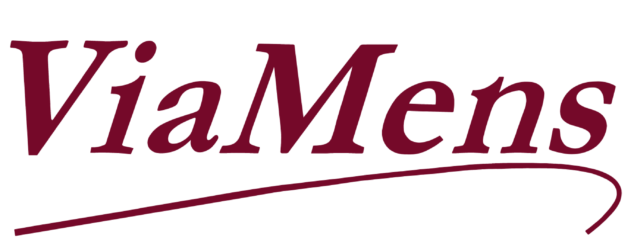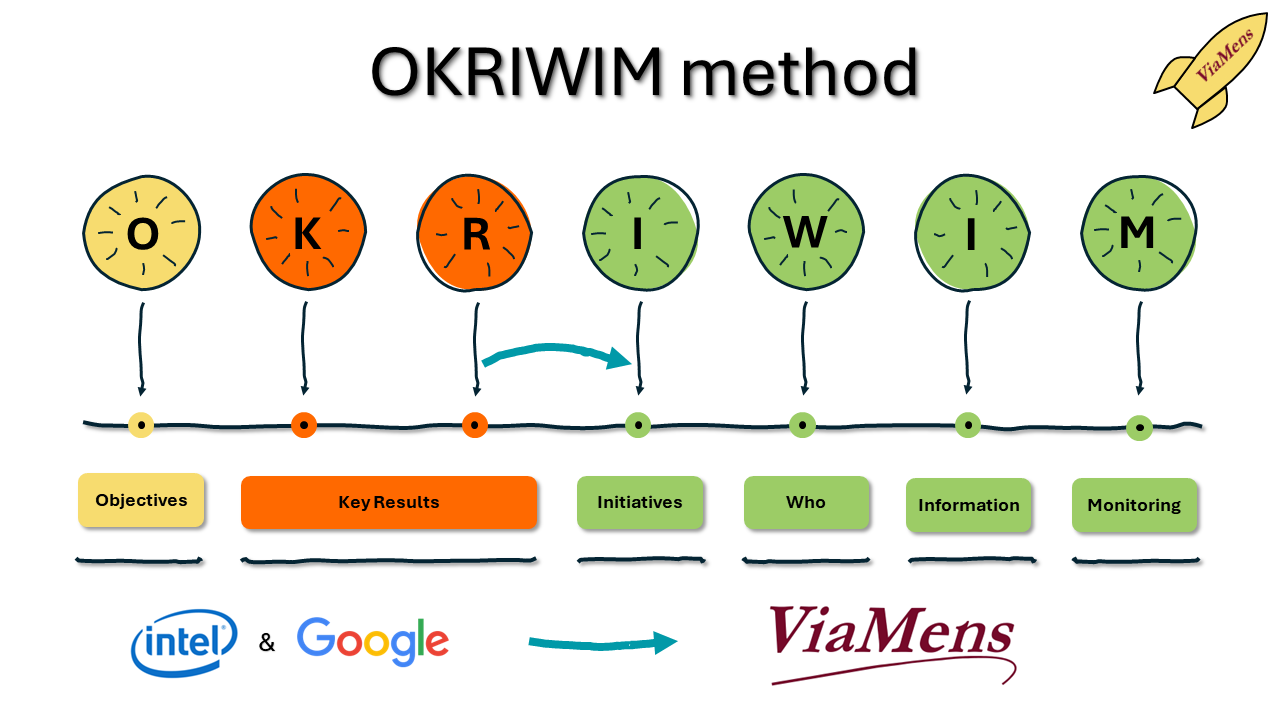[Dutch version can be found here]
You’ve probably seen them: beautifully crafted goals hanging on the walls of boardrooms, catchy and well-designed. Ambitious OKR’s shine in quarterly plans and strategy decks. The energy during the kick-off is electric. Everyone nods in agreement. The direction is clear, the team is motivated.
And then… nothing really happens.
Teams are busy, but not with the right things. Urgency takes over. No one really knows who’s doing what. And when the quarter ends, the goals are still there — just not achieved.
It’s frustrating — not because people aren’t working hard. On the contrary: most teams want to contribute to something bigger. But without a clear translation from strategy to action, without ownership, and without rhythm in execution, even the best intentions fade.
OKR (Objectives and Key Results) is a great method to formulate strategic goals sharply and make them measurable. But in practice, it often remains abstract or turns into disconnected lists.
What’s missing is systemics. That’s exactly why I added IWIM to OKR — a vital expansion that brings execution, rhythm, and ownership into play.
From OKR to OKRIWIM
OKR was originally developed from Peter Drucker’s MBO (Management by Objectives) concept by Andy Grove, one of Intel’s first employees. In the 1970s and 1980s, Grove and John Doerr further shaped the OKR method. From the late 1990s, after Doerr became an early investor in Google, OKRs were adopted into Google’s operating model. Since then, countless companies have embraced the OKR method.
The classic OKR structure includes:
- Objective: an inspiring, directional goal
- Key Results: concrete, measurable results that show whether the objective is met
But, as said, good intentions and metrics alone are not enough. That’s why at ViaMens, we work with four additional building blocks:
- Initiatives: what actions, projects, or steps contribute to achieving the Key Results?
- Who: who owns each initiative and result?
- Information: how, when, and where is progress made visible and discussed? How is progress reported?
- Monitoring: how do we keep the system alive, learn from the data, and adjust along the way?
Together, these seven elements form the OKRIWIM framework. It’s not more work — it’s a way to make work more effective, purposeful, and connected.
Why the IWIM extension is essential
1. From goal to action
Initiatives make it clear what is actually going to happen. Without them, it remains wishful thinking.
2. Make ownership explicit
If no one owns it, nothing happens. The “Who” brings every part of the plan to life with a name and face.
3. Information
Everyone needs to know where we stand. Progress reporting doesn’t mean bureaucracy — it means rhythm. It creates space for reflection and adaptation.
4. Monitoring for learning and adjustment
Goals are rarely static. Monitoring helps us detect trends, understand root causes, and adjust strategies in time.
OKRIWIM in practice
Let’s say an organisation wants to improve customer satisfaction. The Objective is clear:
“We deliver the best customer experience in our sector.”
Key Results
- Customer satisfaction increases from 7.2 to 8.0
- Complaints resolved within 48 hours increase from 60% to 90%
- Customer churn drops from 12% to 8%
Initiatives
- Redesign of the customer service process
- Customer-focused training for service teams
- Implementation of a new feedback system
Who
- HR owns training
- Customer Service Manager owns process redesign
- IT owns the feedback tool
Information / Reporting
- Bi-weekly updates in the team dashboard
- Monthly review in the management team
Monitoring
- Real-time KPI dashboard
- Quarterly reviews on trends and blockers
Suddenly, things get concrete, aligned, and measurable. No longer an abstract ambition, but a living system.
Why OKRIWIM works
The success of strategy execution doesn’t just depend on inspiration — it depends on coherence and discipline. OKRIWIM forces the connection between why, what, and how. Between vision and behaviour. Between direction and rhythm.
And the system doesn’t work top-down — it thrives through involvement at every level. Teams define which initiatives matter, who owns what, and how they will reflect and learn. That creates ownership, engagement, and ultimately… results.
Don’t make it heavier than it is
OKRIWIM might sound complex, but in practice, it makes things simpler and more logical. It reduces fragmentation, vagueness, and frustration. It brings clarity and focus — not another system, but a better way of working.
At ViaMens, we use OKRIWIM in leadership development, strategy execution, and team transformation. It works for startups and established organisations, in both profit and non-profit sectors. Why? Because it aligns with how people naturally work and learn: with goals, together, and through regular reflection.
Ready to actually achieve your goals?
Ask yourself:
- Do we have clear goals and concrete actions?
- Does every team member know their role?
- Is progress visible and open to discussion?
- Are we learning actively and adjusting in time?
If not, it might be time for OKRIWIM.
Want to know more or explore what this could look like for your organisation? Let’s talk. Together with your people, we’ll bring your goals to life.
Erik Versteeg, August 8th, 2025 | www.viamens.nl
ViaMens delivers Leadership, Organisational Development, Impact and Continuity.


